News
Crabapple seeds
Crabapple, a genus of Malus in the Rosaceae family, holds a significant place in the world of plants. These deciduous trees or shrubs are native to temperate regions in the Northern Hemisphere, with a wide distribution across Asia, Europe, and North America.
The appearance of crabapple is quite charming. Its leaves are usually oval or elliptical, with serrated edges. In spring, the tree is adorned with a profusion of blossoms. The flowers, which come in various colors such as pink, white, and red, are often five - petaled. They cluster together on the branches, creating a breathtaking sight. After the blooming period, small, apple - like fruits develop. These fruits are usually less than 5 centimeters in diameter and are often brightly colored, ranging from yellow to red, adding a touch of color to the autumn landscape.
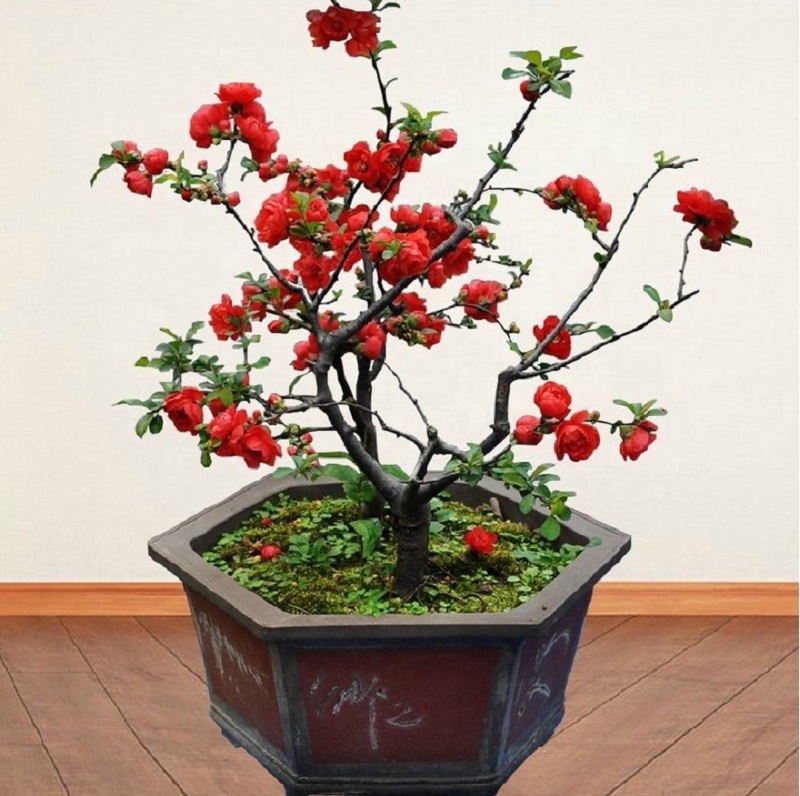
Crabapple also has a rich cultural connotation. In Chinese culture, it is highly regarded. The flower symbolizes beauty, elegance, and good fortune. It has been a favorite subject in Chinese literature and art for centuries. Poets and painters have often used crabapple to express their admiration for beauty and their yearning for a better life. In traditional Chinese gardens, crabapple trees are carefully planted to enhance the aesthetic appeal of the garden. They are often paired with other plants like bamboo and rockeries to create a harmonious and elegant scenery.
In Western cultures, crabapple also has its own significance. It is sometimes associated with love and fertility. In some European folklore, the crabapple tree is considered a magical tree, and its fruits and flowers are believed to have special powers.
Moreover, crabapple has certain practical values. Some varieties of crabapple fruits are edible, although they are often more acidic than common apples. They can be used to make jams, jellies, and even wines. In addition, crabapple trees are often used in horticulture for ornamental purposes. Their beautiful flowers, attractive foliage, and colorful fruits make them popular choices for parks, gardens, and street landscaping.
In conclusion, crabapple is not only a beautiful plant with ornamental value but also a symbol with rich cultural connotations and certain practical uses. Its charm has captivated people around the world for centuries, and it continues to play an important role in our lives, whether in gardens, literature, or daily food.
How to plant crabapple seeds?
Planting crabapple seeds is a rewarding process that allows you to witness the growth of a beautiful tree. Here are the steps to plant crabapple seeds:
1. Seed Collection and StratificationFirst, collect crabapple seeds from ripe fruits in autumn. Remove the flesh around the seeds and clean them thoroughly. Then, stratify the seeds. This involves mimicking the natural winter conditions they need to break dormancy. Mix the seeds with moist sand or peat moss and place them in a plastic bag. Store the bag in the refrigerator at about 3 - 5°C for 8 - 12 weeks.
2. Preparation of Planting Containers and SoilChoose small pots or seed trays with good drainage holes. Fill them with a well - draining potting mix, which can be a combination of peat moss, perlite, and vermiculite. This type of soil provides a good environment for root growth.
3. Sowing the SeedsAfter stratification, sow the seeds about 1 - 2 cm deep in the soil. Gently cover them with soil and water the soil thoroughly. Make sure the soil remains consistently moist but not waterlogged.
4. Germination and GrowthPlace the containers in a warm, sunny location, with a temperature around 20 - 25°C. Germination usually takes 1 - 3 weeks. Once the seedlings emerge, provide them with sufficient sunlight and water regularly. When the seedlings are large enough and the weather is suitable, transplant them into larger pots or directly into the garden. With proper care, your crabapple seeds will grow into healthy saplings.
If you have demands of the seeds, you can feel free to contact me.
Categories
Contact Us
- +86-18055849900
- +86-18055849900
- admin@high-key.cn
- +86-18055849900
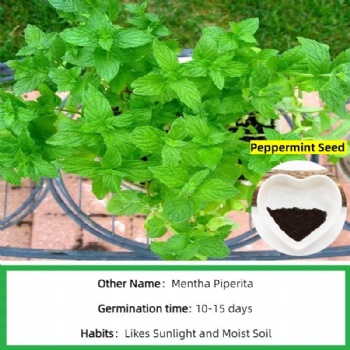
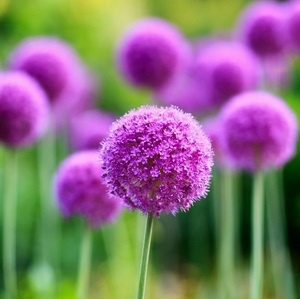
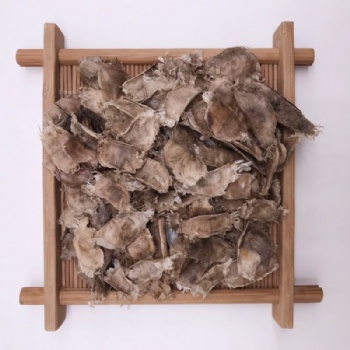
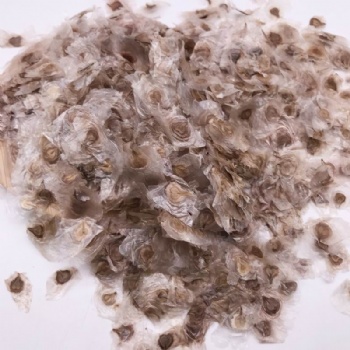
 售前客服
售前客服
